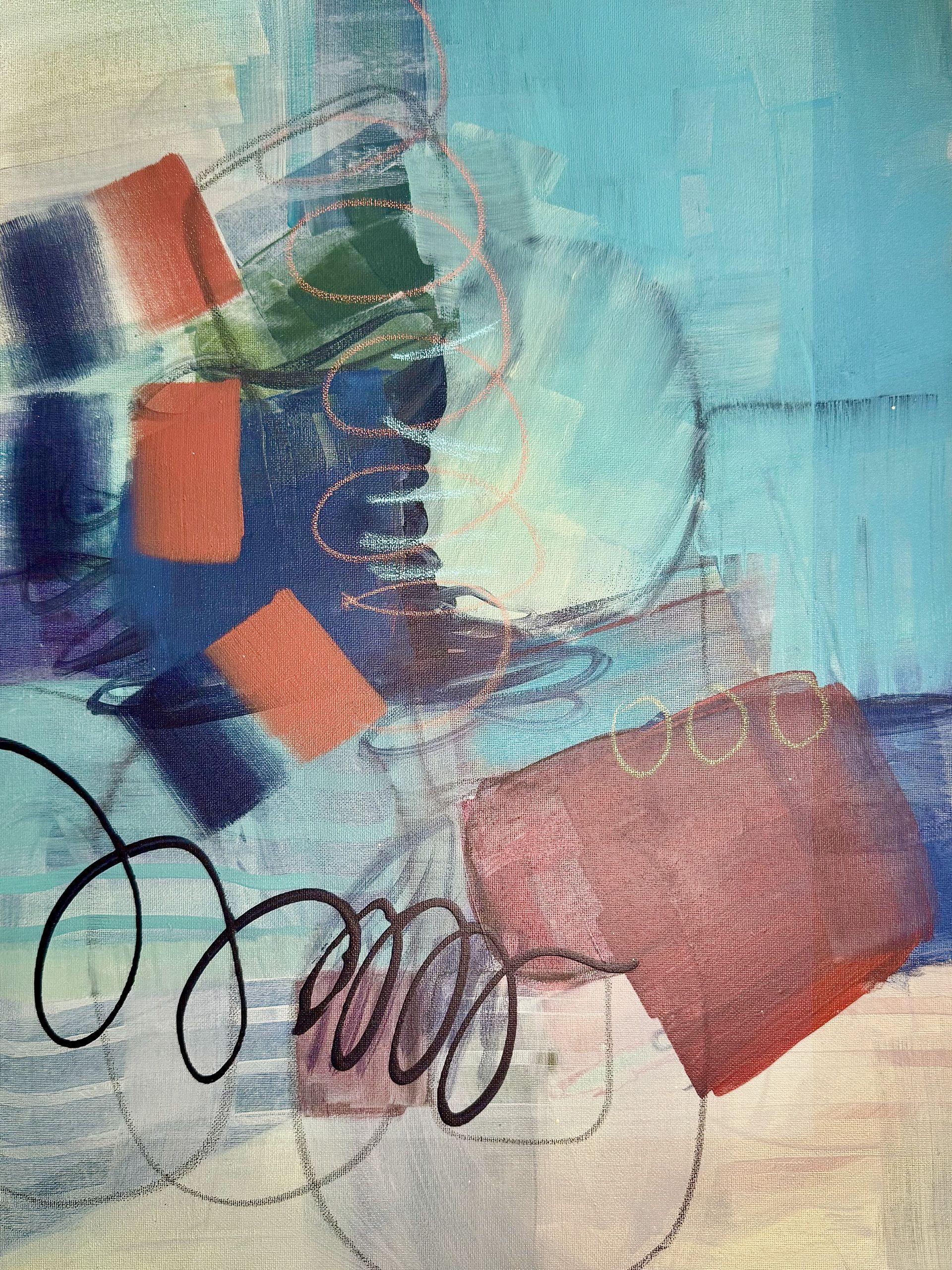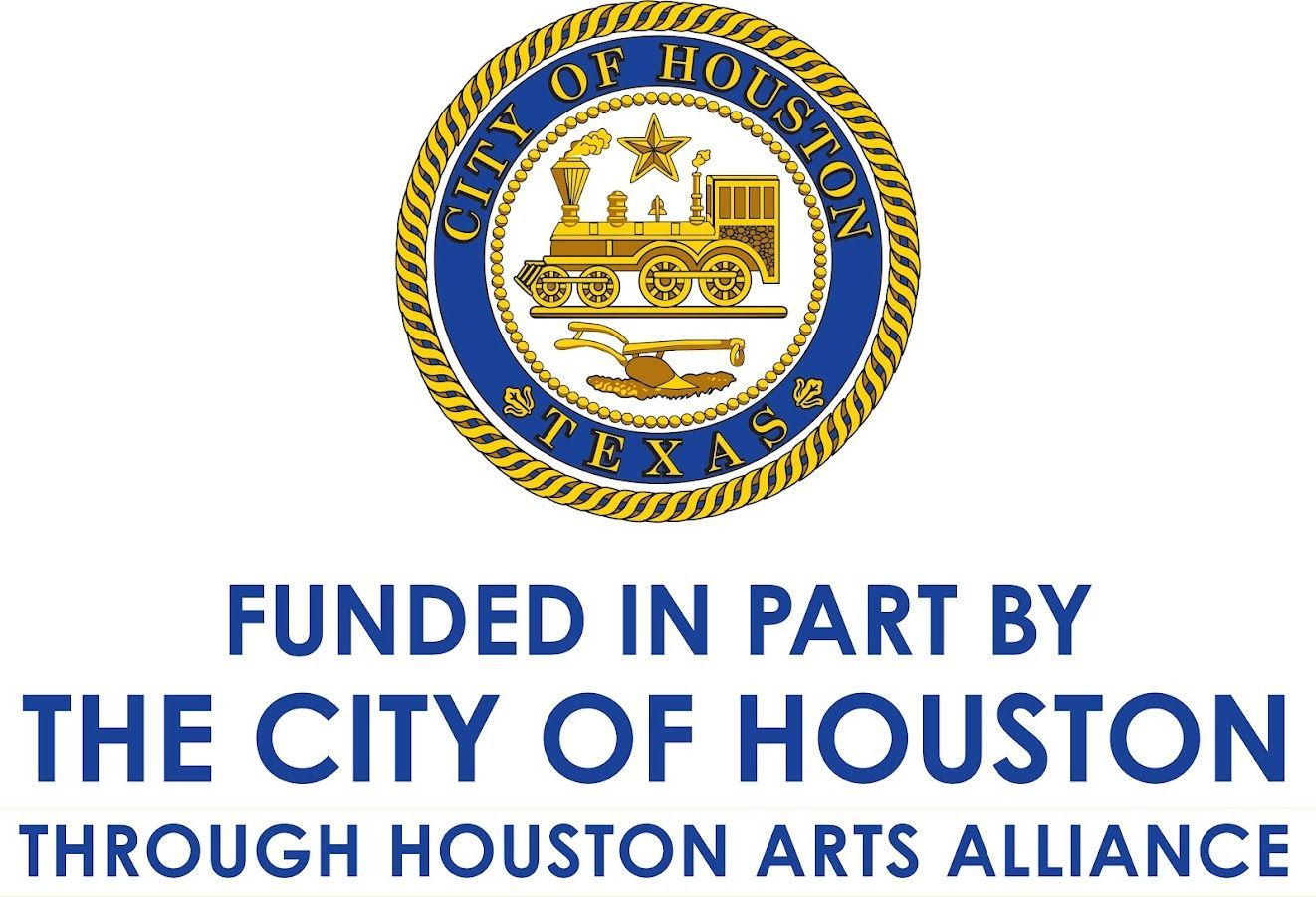Becoming Whole is Messy
Growth and transformation work can be like cleaning out a closet
Carl Jung reminds us, “There is no coming to consciousness without pain.” It is by growing through the pain that comes with awareness, acceptance, and integration of our hidden aspects, that we find freedom from our illusions and false narratives that magnify suffering.
Growth and transformation work can be like cleaning out a closet. It requires awareness, discernment, and patience. Some of us find the process grueling. We know that if it has been a long time, the next step may be filling up a whole roomful of stuff to sort before we decide what is staying and what is going. It can be difficult to get motivated because it usually gets worse before it gets better.
If we ignore it long enough and keep cramming new items in without sorting out the old, the shelves could collapse and require immediate attention. A sudden clean-out might give us a clear view of the shadows that hid behind all that stuff we piled on over the years. Talk about messy! Like a violent spring cleaning we didn’t ask for, crisis can empty the closet leaving us sitting on the floor wondering what was there before, where it all went, and what we did to deserve the shakedown. Alternatively, we may feel like we are lying on the floor with all our stuff piled on top of us, finding it hard to see the light or breathe.
At mid-life, I was jolted into growth work by personal and professional crises. My life, my closet, was overpacked and it needed renovation. A few health scares, my own and those of loved ones, seemed to empty me out. I was left with thoughts like, “What even matters anymore?” At other moments I felt I was buried under a pile of roles, responsibilities, and expectations that were part of who I thought I was but no longer wanted to be.
The sudden clean out was more than I could manage on my own. I hired a couple of closet organizers, a Jungian analyst and a spiritual teacher. Through one-on-one work and through book and workshop recommendations which lead to learning and practice communities, I was able to develop a system for accepting, understanding, and supporting a more authentic and fulfilling life. I began journaling, practicing mindfulness and meditation, and dabbling in creative writing and visual art for self-connection and emotional expression. I dove into learning about personality types and patterns and the principles and practices associated with nonviolent communication. The insights that were curated during study and practice provided plenty of motivation for developing discipline.
Daily practice became my regular sorting of who I am, what I care about, and how I want to spend my time supporting my mental, physical, emotional, and spiritual wellbeing. I aimed my intention and motivation toward becoming more authentic and whole. My combination of practices began evolving with me. At some point I realized that if I keep learning and practicing, it would be unlikely that I would ever get as far away from myself as I once was.
Many of the theories, practices, and communities I have connected with over the years have direct ties to the Jung Center Houston. It is such a joy to continue the messy journey to wholeness here, where folks can explore a wide variety of theories, tools, and practices so that they can discover what works for them in a community oriented toward individuation, wellbeing, and wholeness.






